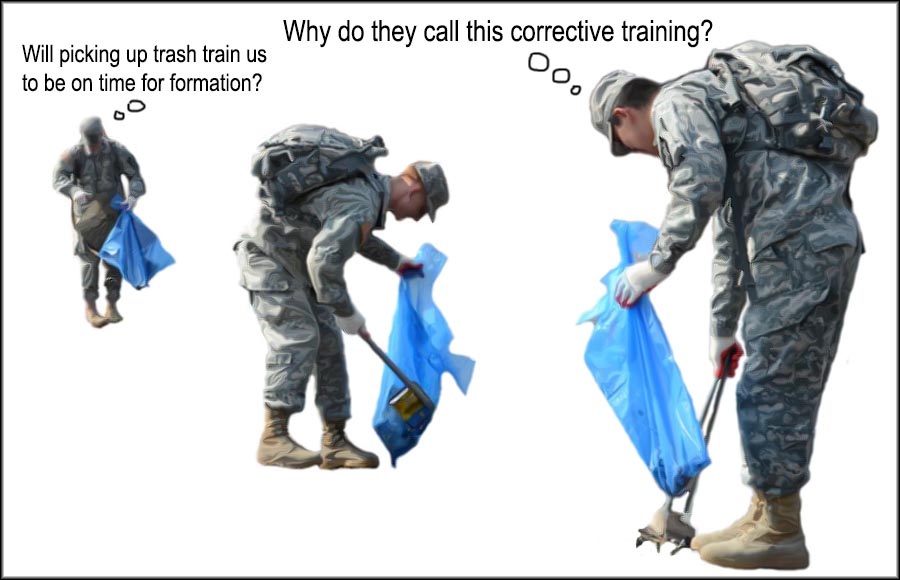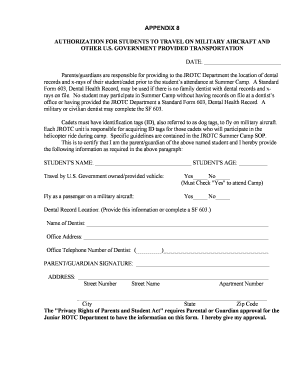Csp Army Regulation : What it is
CSP Army Regulation: What it is and Why it Matters In the dynamic world of the military, regulations play a crucial role in maintaining order, discipline, and efficiency. One such important regulation is the CSP Army Regulation. In this article, we will explore what the CSP Army Regulation entails, why it is significant, and how it impacts various aspects of the Army's operations. Join us as we dive into this essential regulation and understand its implications. 1. Understanding the CSP Army Regulation The CSP Army Regulation, or "Combat Supplier Partnership Regulation," is a set of guidelines and policies that govern the Army's partnership with combat suppliers. It outlines the expectations, requirements, and responsibilities of both the Army and its supplier partners. This regulation is designed to ensure transparency, accountability, and operational effectiveness in sourcing and acquiring essential supplies for the Army. 2. The Role of the Deputy Programme Director One key role in the implementation of the CSP Army Regulation is the Deputy Programme Director. Let's take a closer look at the responsibilities and significance of this position. Currently held by Chris 'Splash' Ashton, this role is responsible for overseeing the execution of the regulation across the different Army divisions. The Deputy Programme Director acts as a liaison between Army HQ and combat suppliers, ensuring compliance, fostering effective communication, and resolving potential issues that may arise during the partnership. H2: The Impact of the CSP Army Regulation Now that we have a basic understanding of what the CSP Army Regulation is and the role of the Deputy Programme Director, let's delve into its impact on various aspects of the Army's operations. This section aims to shed light on the significance of this regulation in maintaining the Army's overall efficiency and readiness. H2-1: Streamlining Supply Chain Processes One of the primary objectives of the CSP Army Regulation is to streamline the Army's supply chain processes. By implementing standardized procedures, guidelines, and communication protocols, the regulation ensures a smooth flow of essential supplies, minimizing delays and optimizing logistics. This enhances the Army's operational readiness by ensuring that soldiers have access to vital resources when and where they need them most. H2-2: Promoting Transparency and Accountability Transparency and accountability are crucial in any successful partnership. The CSP Army Regulation emphasizes these principles by establishing clear reporting mechanisms, performance metrics, and quality control measures for combat suppliers. This promotes trust and integrity in the procurement process, ensuring that suppliers meet the Army's requirements while remaining accountable for their performance. Transparent governance also helps identify and address potential issues effectively, fostering a culture of continuous improvement within the supply chain. H2-3: Enhancing Supplier Collaboration and Innovation Effective collaboration between the Army and its combat suppliers is vital for operational success. The CSP Army Regulation encourages suppliers to actively contribute ideas, innovations, and insights that can enhance the Army's capabilities. By fostering an environment of open communication and close cooperation, the regulation paves the way for mutually beneficial partnerships, where suppliers can align their offerings with the Army's evolving needs. This promotes innovation, efficiency, and cost-effectiveness, ultimately benefiting the Army and its personnel. FAQ Section To provide you with a comprehensive understanding of the CSP Army Regulation, let's address some frequently asked questions regarding its implementation, impact, and future prospects. Q1: How does the CSP Army Regulation ensure fair procurement practices? A1: The CSP Army Regulation mandates a transparent and competitive bidding process, where combat suppliers are selected based on merit, pricing, quality, and performance. This ensures fair opportunities for all potential suppliers, promoting healthy competition and preventing favoritism or bias. Q2: Can combat suppliers propose changes or improvements to the regulation? A2: Yes, combat suppliers are encouraged to provide feedback, suggestions, and recommendations for improving the CSP Army Regulation. The Army values the expertise and insights of its suppliers, considering their proposals to enhance the regulation's effectiveness and relevance. Q3: How does the CSP Army Regulation adapt to changing needs and circumstances? A3: The CSP Army Regulation is designed to be adaptable and flexible. It undergoes regular reviews and updates to align with the Army's evolving requirements, technological advancements, and best practices in supply chain management. Regular feedback and collaboration with combat suppliers contribute to its continuous improvement. Conclusion The CSP Army Regulation serves as a foundational framework for the Army's partnership with combat suppliers. By establishing clear guidelines, promoting transparency, and fostering collaboration, the regulation enhances the Army's operational efficiency and readiness. Through the dedicated efforts of the Deputy Programme Director, like Chris 'Splash' Ashton, the regulation ensures that the Army has access to the essential supplies it needs while maintaining the highest standards of accountability and integrity. As the Army continues to evolve and adapt to emerging challenges, the CSP Army Regulation will remain a critical element of its success.  Image Source : uk.linkedin.com
Image Source : uk.linkedin.com  Image Source : empireresume.com
Image Source : empireresume.com  Image Source : www.pdffiller.com
Image Source : www.pdffiller.com  Image Source : armymilitary.net
Image Source : armymilitary.net  Image Source : armymilitary.net
Image Source : armymilitary.net  Image Source : www.army-technology.com
Image Source : www.army-technology.com  Image Source : orc.army.ph
Image Source : orc.army.ph  Image Source : www.pdffiller.com
Image Source : www.pdffiller.com
Chris ‘Splash’ Ashton - Deputy Programme Director - CAP, Army HQ | LinkedIn
 Image Source : uk.linkedin.com
Image Source : uk.linkedin.com Army Career Skills Program | Empire Resume
 Image Source : empireresume.com
Image Source : empireresume.com Covid-19 Screening Consent Form And Waiver - Page 2 | PdfFiller
 Image Source : www.pdffiller.com
Image Source : www.pdffiller.com Army Regulation 635-200 - Army Military
 Image Source : armymilitary.net
Image Source : armymilitary.net Agsu Regulation Army - Army Military
 Image Source : armymilitary.net
Image Source : armymilitary.net DSEI 2019: Lockheed Martin Warrior CSP On Schedule - Army Technology
 Image Source : www.army-technology.com
Image Source : www.army-technology.com csp dsei warrior army lockheed martin technology schedule armed upgrade willingness ability create old command tanks ifvs defence personnel cuts
CSP: Tool Of The Army In Bringing Back The People To The Government
csp
Fillable Online Nomination Forms And Guidance Fax Email Print - PdfFiller
 Image Source : www.pdffiller.com
Image Source : www.pdffiller.com Fillable online nomination forms and guidance fax email print. Army career skills program. Chris ‘splash’ ashton. Csp dsei warrior army lockheed martin technology schedule armed upgrade willingness ability create old command tanks ifvs defence personnel cuts. Csp: tool of the army in bringing back the people to the government